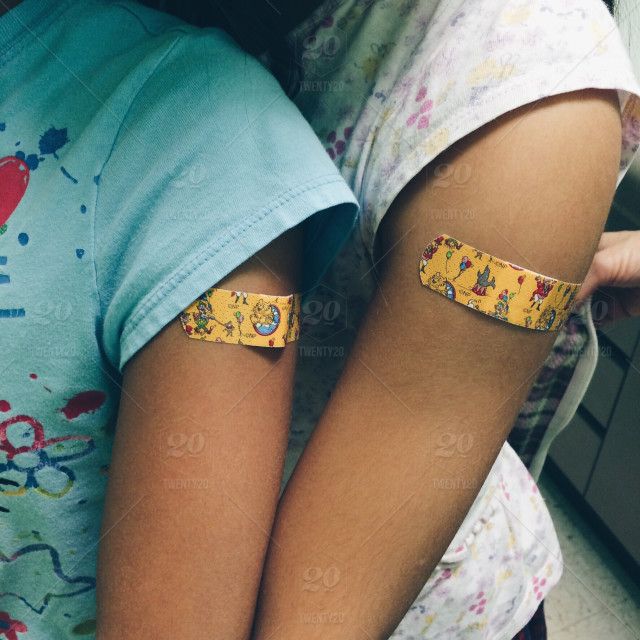
Diabetes Plate Method
Using the Diabetes Plate Method, you can create perfectly portioned meals with a healthy balance of vegetables, protein, and carbohydrates---without any counting, calculating, weighing, or measuring.
To start out, you need a plate that is not too big. The size of our plate usually determines the size of our portions, so you want to start with a reasonably sized plate—we recommend about 9 inches across.
If your dinner plates are larger than this, try using a smaller salad or dessert plate for your meals. Or, if your dinner plates have a lip or artwork inside the edge, use that as a border for filling your plate.
Fill half your plate with non-starchy vegetables, such as asparagus, broccoli, cauliflower, carrots, tomatoes, or squash. Non-starchy vegetables are lower in carbohydrates, so they do not raise blood sugar very much. They are also high in vitamins, minerals, and fiber, an important part of a healthy diet.
Fill one-quarter of your plate with lean protein foods, such as fish, chicken, lean beer, soy products, and cheese. Lean proteins are lower in fat and saturated fat, making them a healthier choice. Plant-based protein foods like beans and legumes are also high in carbohydrates.
Fill one-quarter of your plate with carbohydrate foods, such as whole grains, including brown rice, quinoa, oats/oatmeal, whole grain bread, pasta, or tortillas; starchy vegetables such as acorn squash, butternut squash, green peas, potato, or sweet potatoes; beans and legumes such as black, kidney, pinto or garbanzo beans; fruit and dried fruit.
Choose water or a low-calorie drink. Water is the best choice because it contains no calories or carbohydrates. Other zero or low-calorie drink options include: unsweetened tea, unsweetened coffee, club soda/sparkling water, diet soda or other diet drinks; flavored water or sparkling water without added sugar.



